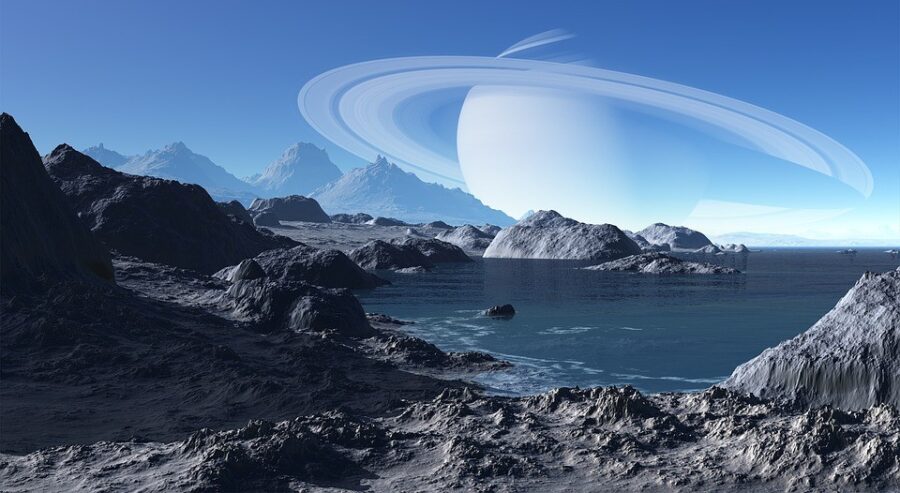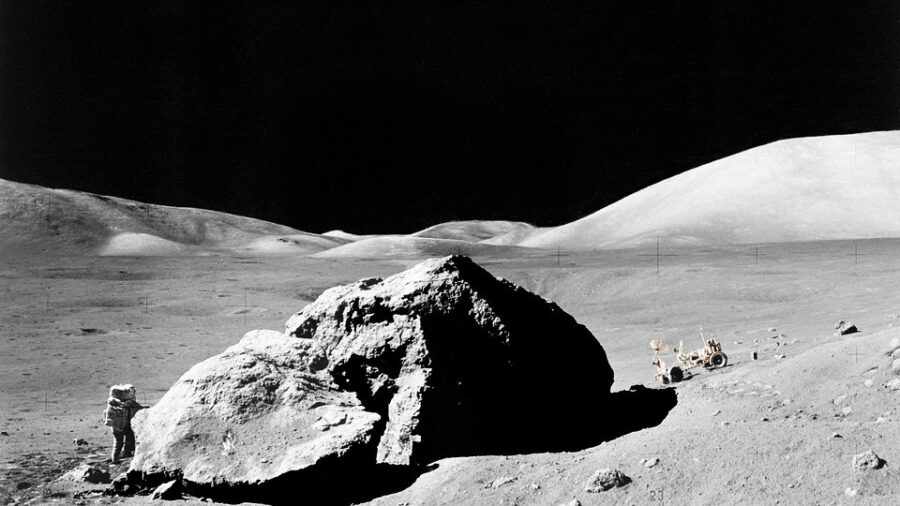NASA Discovers Oceans On The Moons Of Uranus, Does This Mean They Contain Life?
Scientists believe they have discovered proof of oceans on Uranus' moons after studying a report of energized plasma particles.

In a news release that sounds more like the setup for a cheap joke than an actual space-based research study, scientists have reason to believe that a handful of Uranus’ moons may be home to oceans. Today’s bit of planetary news comes from a study from the journal Geophysical Research Letters which claims that subsurface oceans may be responsible for an output of energized plasma particles that have been found coming from two of the planet’s moons: Ariel and/or Miranda.
The latest finding on Uranus owes thanks to scientists who decided to give another once-over to nearly forty-year-old data that was first taken by NASA’s Voyager 2 spacecraft. After a fresh-eyed look and gathering of information from these files, the researchers saw more to the particle output than they had before. While it’s still not solidified, they now think that subsurface oceans are the culprit for pushing the particles beyond their previously held boundaries.
That fresh look at Uranus made all the difference for researchers after they realized that the particles were all holding space around the planet’s magnetic equator, which is out of the ordinary because, typically speaking, the magnetic forces would push the particles away and spread them around the planet. Having a eureka! moment, the scientists realized that there was a major possibility that these particles could be coming from an unseen ocean below the exterior of one of its moons.
Should this be true, that one of Uranus’ really does have an ocean lurking below its surface, the findings to follow could be major for better understanding not only Uranus and its moons, but the other planets in our solar system. In a press release that accompanied the major planetary news, the study’s lead author and astrophysicist at John Hopkins Applied Physics Laboratory, Ian Cohen, said that while nothing is for sure just yet, finding these types of particles typically signals that there’s more than meets the eye, often even acting as “a forerunner to discovering an ocean world.”

A huge step forward in discoveries among the stars, the finding of a lunar ocean lurking on the subsurface of one of Uranus’ moons would put it in good company with both Jupiter’s gargantuan moon Europa, and Saturn’s Enceladus, which were both discovered to have the same thing. What’s even better is that they were also unveiled because of particle-based technology. With these discoveries and the advanced tools we now have to aid in our understanding of data collected decades ago, the sky’s the limit on how much more is out there, just waiting for a fresh set of eyes and knowledge to pour over.
It’s cliche to say that science has grown by leaps and bounds over the last 40 years since Voyager 2 initially collected its data on Uranus, but it’s true. Within the last year alone, tools like telescopes have led us to uncover unbelievable truths about our solar system and put us on the path of learning more about our own planet with daily deeper dives into the world(s) beyond our own; we can’t wait to see what both new and old research reveals next.











